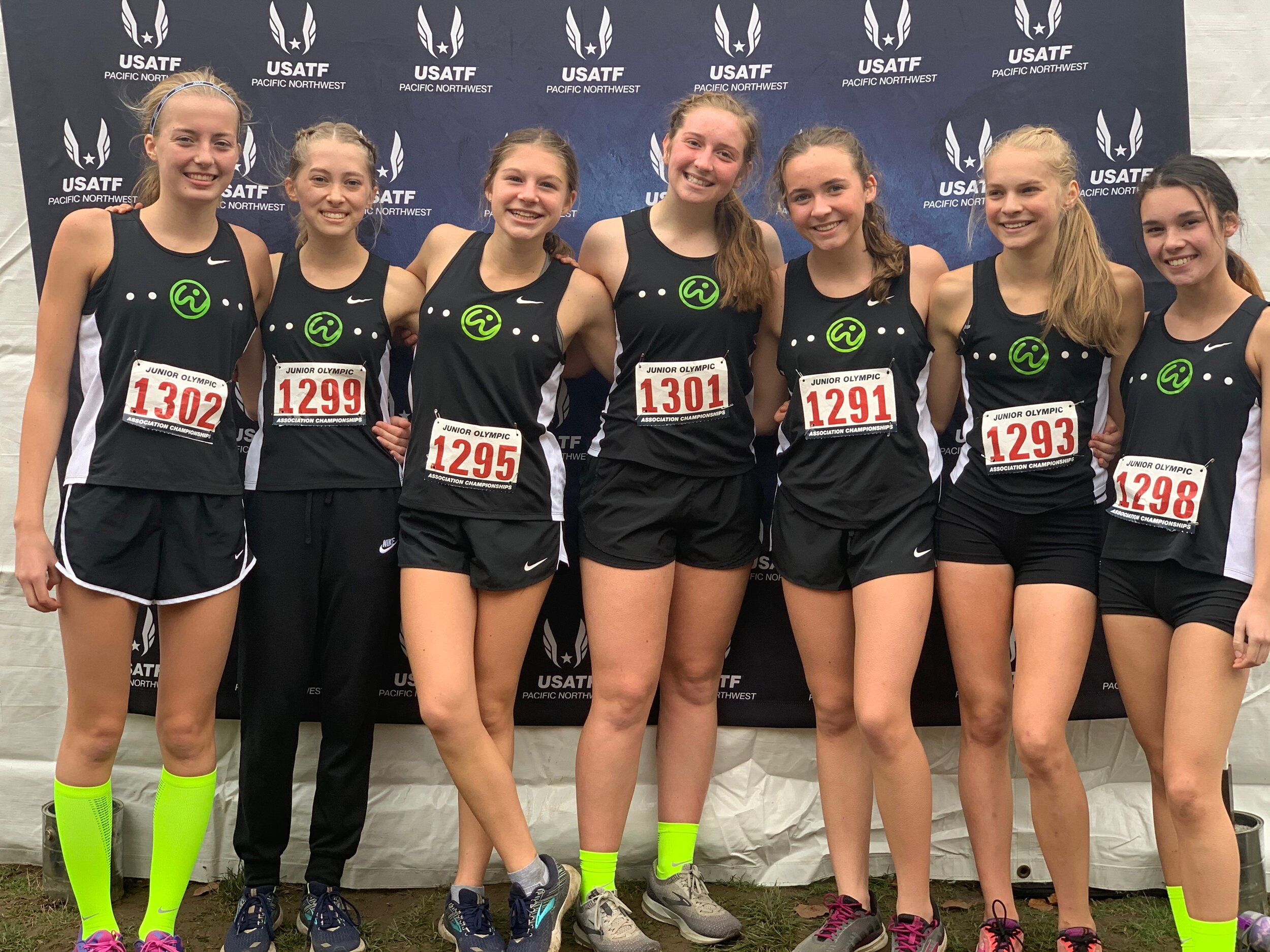As we enter the sixth and final week of high school preseason training, runners will need to keep their training load (volume and intensity) in mind as they enter their high school programs next week, Monday, February 27. In order for the high school runners to enter the first week of high school track season with fresh, healthy legs, Week 6 of the Winter Training session will be slightly less in volume. In past years, runners who transitioned from off-season training with Whisper to their school program have voiced frustration due to the lack of training volume, intensity, or specificity at the start of their school program. Keep in mind that high school coaches will rightly take a conservative approach at the start of the season to protect the runners who have not trained in the off-season. So what about the kids who have worked hard over the break - how can they remain sharp while their peers catch up? Here are few ideas:
COMMUNICATE: Have your child communicate with the coach about their off-season work and their 2023 goals. Share with the coach the typical workload performed from the end of their XC season, to the start of track. NOTE: We typically perform 1-1.5 mile warm-uip, 3.5-4.5k (2-2.75mi) of track/interval work, and .5 mile cool down on Mon/Thurs evenings. Saturday runs are 5-8 miles (depending on age, years run, etc.).
VOLUME: Aim to keep the same volume at the start of the season, and if your child feels like they are losing fitness, they should talk with the coach about adding an additional set of intervals (suggested not to exceed 4k of total speed work in February and early March, unless the coach is really dialed in to exercise prescription/physiology). Runners could perform strides at the end of a workout or run to remain sharp and quick, until teammates catch up in fitness.
WEEKEND MILEAGE: If the miles during the week are low, you may add a couple of miles to a long weekend run. If the coach wants to wait a week to perform interval work, use the weekend to perform tempo work to sustain VO2 and thresholds.
GOALS: Seasoned runners can expect to improve 1-3% from one season to the next. Here is how I derive at a runners goal(s) for a mile goal for 2023:
Previous season (2022) mile time of 6:31 = 391 seconds
391x.97 = 6:19, 391x.99 = 6:27 (1-3% improvement)
Range goal for 2023 6:19-6:27, w/dream goal of sub 6-10.
Going into the season, if there is one suggestion I highly recommend, it is to keep the race distances varied. If your child is predominantly a 800m/miler, then they will likely run these events 5-7 times before districts. They should also race the 400m (or be part of a 4x400m team) 3-4 times, and the 2-mile at least twice. Doing so will keep primary events fresh and sharp.
Any coach can take an out of shape athlete, get them in shape, and watch the athlete set PR's (personal records). But all high school and college coaches should be able to take an athlete who is already in shape, hone their fitness, and continue improving their athletes stamina and speed.
I welcome conference video calls between now and April 12 to all runners who trained with Whisper over the winter and who would like to discuss their 2023 season goals. Please email me to schedule a meeting.



